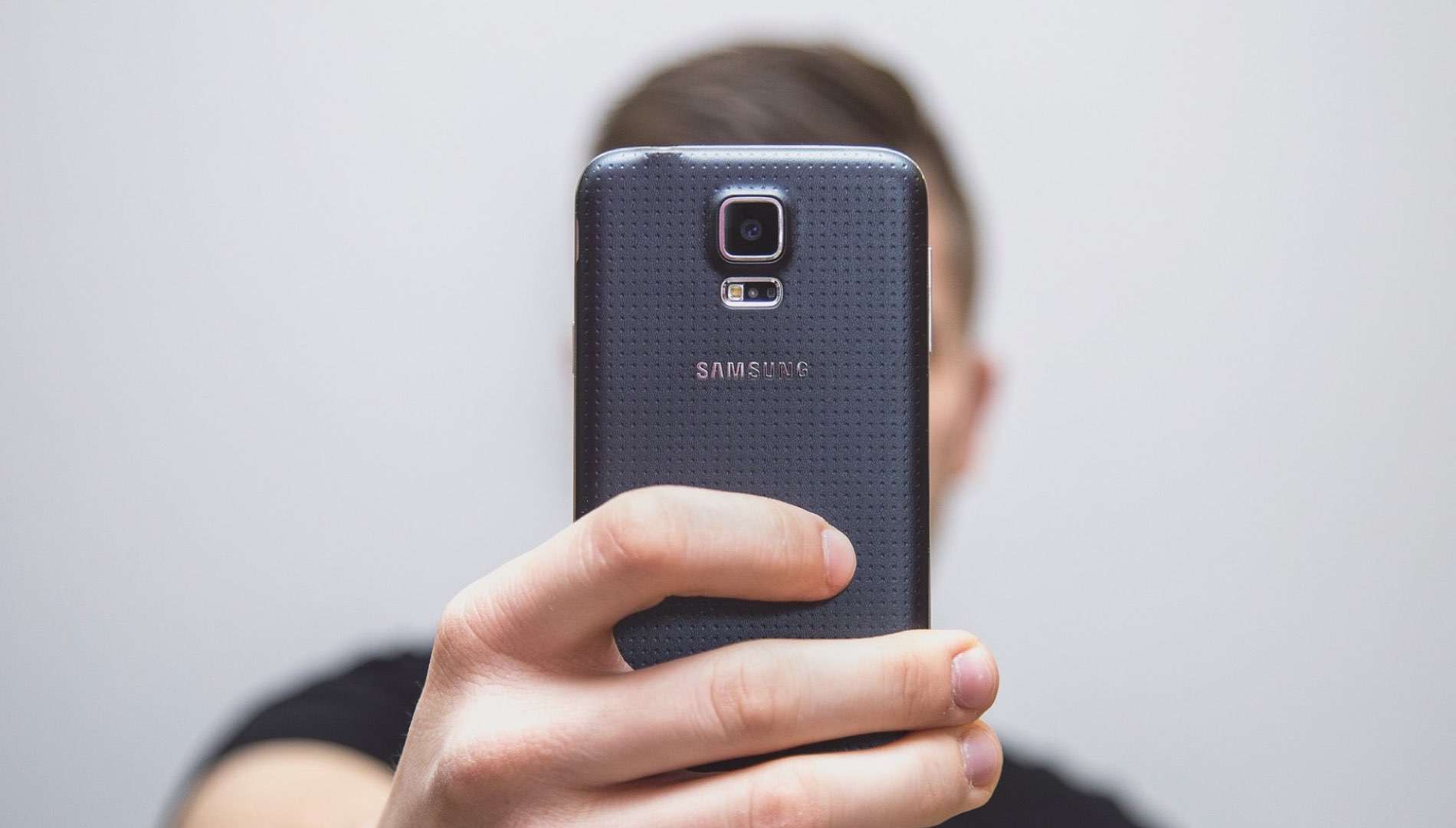The Next Step in Security: Your Face is Your Password
Photo source: Pixabay. Creative Commons
You can leave behind all the tricks to remember dozens of passwords and PINs because biometrics are already here. One of the leading businesses applying it are banks.
New authentication processes through technology
New digital services make most of visits to bank branch unnecessary. Biometric software allows customers to log into their bank accounts through their mobile phones without a password. A mobile phone with a camera is enough to solve everyday bank issues. For instance, nowadays it is possible to open a new account with a selfie.
Most of devices won’t need additional features. Cameras and microphones on mobile phones are powerful enough to guarantee a correct identification and last models include even scan fingerprints. Speed of biometric authentication is notable, gaining access to a bank account takes less than a minute. It is faster, more efficient and it helps companies to save money.
Your face is a better unique biometric user password
Hundreds of millions of personal data, including Social Security numbers, PINs and passwords or phone numbers had been stolen in the last years. Data breaches are growing and financial industry needs to invest a lot of money in security measures. Biometrics offers more protection because unique physical identities are more difficult to be changed, faked or stolen. Facial Recognition is the main brain method used by humans to identify each others in live. For this reason, it’s also much more convenient for bank users since it is closer to human-like identification procedure than other methods.
Besides Facial Recognition, as a part of the identity verification process, other complementary security measures can be taken, such as a scanned document ID verification. Additional strong safeguards are required as well: keeping a Live Video Communication recording during the process to ensure a legal video proof like in other real life situations.
Interactive Powers - Streamline your business communications
